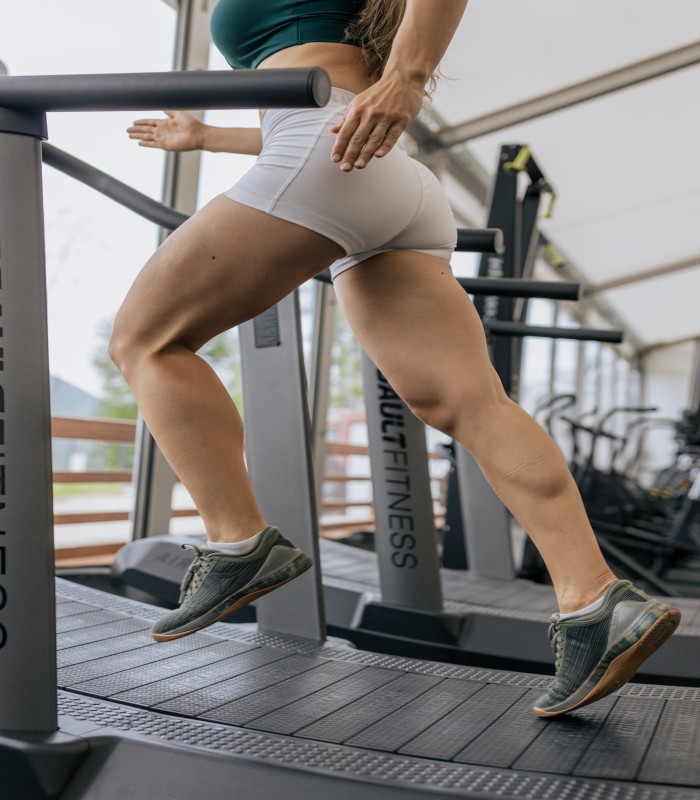
Cracked the Code: Conquer Lower Leg Pain for Good! Discover the Secrets to Strong, Pain-Free Legs!
Are you tired of being held back by lower leg pain? It’s time to break free from discomfort and embrace a life of strong, pain-free legs! This article is your guide to unraveling the mysteries of lower leg pain, understanding its causes, and finding effective treatments. Get ready to stride confidently and conquer lower leg pain once and for all!
Understanding Lower Leg Pain
Lower leg pain refers to discomfort or pain experienced in the area between the knee and ankle. It can manifest in various forms, such as sharp, throbbing, or dull pain, swelling, tenderness, or difficulty walking. By understanding the causes of lower leg pain, you can take control of your leg health and work toward a pain-free future.
Common Causes of Lower Leg Pain
Here are some of the primary causes of lower leg pain:
- Muscle Strain or Sprain: Strained or sprained muscles occur when the muscles or tendons in the lower leg are overstretched or torn. This often happens due to sudden movements, overuse, or insufficient warm-up before physical activity.
- Shin Splints: Shin splints cause pain along the shinbone (tibia), often due to repetitive stress on the shin muscles and connective tissues. Common among athletes, this condition is frequently associated with high-impact activities.
- Stress Fractures: Stress fractures are tiny cracks in the bones that arise from repetitive activities or overuse. Runners, athletes, and individuals with weakened bones are more susceptible to these fractures.
- Achilles Tendonitis: This condition involves inflammation of the Achilles tendon, which connects the calf muscles to the heel bone. Achilles tendonitis often causes pain and stiffness in the back of the lower leg, near the heel.
Effective Treatments for Lower Leg Pain
Thankfully, there are various treatments available to alleviate lower leg pain and promote healing. Here are some effective methods:
- Rest and Ice: Adequate rest and applying ice packs to the affected area can help reduce pain and inflammation, promoting healing.
- Compression and Elevation: Wearing compression stockings or wraps provides support and reduces swelling. Elevating the legs also reduces inflammation and improves circulation.
- Pain Medication: Over-the-counter pain relievers, such as nonsteroidal anti-inflammatory drugs (NSAIDs), can help reduce pain and inflammation.
- Physical Therapy: Physical therapy sessions help strengthen muscles, improve flexibility, and promote proper biomechanics, which can relieve lower leg pain.
- Stretching and Strengthening Exercises: Targeted stretching and strengthening exercises are essential for pain relief, injury prevention, and improved leg function.
- Orthotic Devices: Orthotic devices, such as shoe inserts or custom-made orthotics, provide support, stability, and alleviate strain on the lower leg.
- Lifestyle Modifications: Modifying activities, wearing appropriate footwear, and maintaining a healthy weight can significantly reduce lower leg pain.
- Consultation with a Healthcare Professional: If lower leg pain persists or worsens, consulting a healthcare professional is crucial. They can diagnose the cause of your pain and provide personalized treatment options.
Conclusion
Don’t let lower leg pain slow you down or limit your mobility! By understanding the causes and seeking appropriate treatment, you can regain control over your leg health and stride confidently toward a pain-free future. Take charge of your lower leg health today and embrace the joy of strong, pain-free legs!
I hope this article has helped you understand endometriosis better. You can consult a doctor for more information


